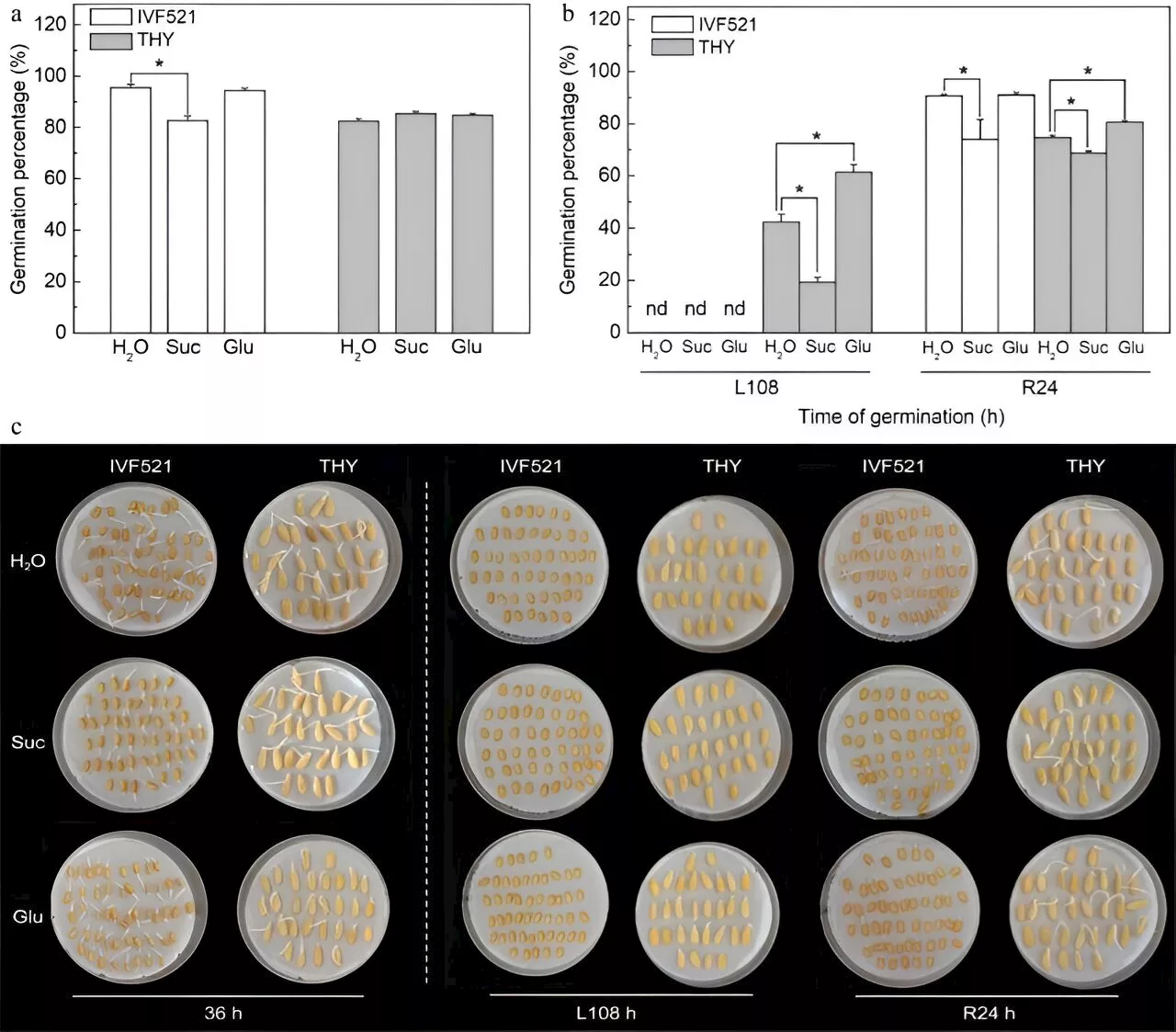Researchers have developed a new model to explain the formation of giant planets such as Jupiter, which furnishes deeper insights into the processes of planet formation and could expand our understanding of planetary systems.
A team of LMU researchers has developed a new model to explain the formation of giant planets such as Jupiter , which furnishes deeper insights into the processes of planet formation and could expand our understanding of planetary systems.
With their model, the researchers demonstrate how millimeter-sized dust particles accumulate aerodynamically in the turbulent gas disk, and how this initial perturbation in the disk traps dust and prevents it from disappearing off in the direction of the star. This accumulation makes the growth of planets very efficient, as suddenly a lot of"building material" is available within a compact area and the right conditions for planet formation are present.
The study shows that in other planetary systems, a perturbation could set the process in motion at much larger distances and still happen very rapidly. Such systems have been observed frequently in recent years by the ALMA radio observatory, which has found gas giants in young disks at a distance beyond 200 au. However, the model also explains why our solar system apparently stopped forming additional planets after Neptune: the building material was simply used up.
An international research team has observed disks around 19 protostars with a very high resolution to search for the earliest signs of planet formation. This survey was motivated by the recent ...
Multiple Sclerosis Research Healthy Aging Health Policy Solar System Extrasolar Planets Stars Jupiter
United States Latest News, United States Headlines
Similar News:You can also read news stories similar to this one that we have collected from other news sources.
 Researchers Uncover Key to Enhancing Quantum Internet EfficiencyScientists have developed a new model that explains how photon efficiency changes at higher wavelengths, paving the way for a more efficient quantum internet.
Researchers Uncover Key to Enhancing Quantum Internet EfficiencyScientists have developed a new model that explains how photon efficiency changes at higher wavelengths, paving the way for a more efficient quantum internet.
Read more »
 Researchers find sucrose breakdown is key to melon seed germination in cold conditionsA research team has found that cold-tolerant melon seeds (THY) maintained higher neutral invertase activity at low temperatures, enabling sustained sucrose decomposition into glucose, which supports seed germination. This contrasts with cold-sensitive IVF521 seeds, which had higher nutrient content but were more inhibited by low temperatures.
Researchers find sucrose breakdown is key to melon seed germination in cold conditionsA research team has found that cold-tolerant melon seeds (THY) maintained higher neutral invertase activity at low temperatures, enabling sustained sucrose decomposition into glucose, which supports seed germination. This contrasts with cold-sensitive IVF521 seeds, which had higher nutrient content but were more inhibited by low temperatures.
Read more »
 Researchers uncover key mechanisms in chromosome structure developmentResearchers at Rice University are making strides in understanding how chromosome structures change throughout the cell's life cycle. Their study on motorized processes that actively influence the organization of chromosomes appears in the Proceedings of the National Academy of Science.
Researchers uncover key mechanisms in chromosome structure developmentResearchers at Rice University are making strides in understanding how chromosome structures change throughout the cell's life cycle. Their study on motorized processes that actively influence the organization of chromosomes appears in the Proceedings of the National Academy of Science.
Read more »
 Amazon's post-Prime Day Designer Sale is on — save up to 60% on Altuzarra and moreHigh-key luxe, low-key prices.
Amazon's post-Prime Day Designer Sale is on — save up to 60% on Altuzarra and moreHigh-key luxe, low-key prices.
Read more »
 Easy tool helps estimate fall risks | ScienceDailyResearchers have developed a formula and easy-to-use assessment tool for estimating fall risks using a database of older adults. Preventing falls among older adults is expected to extend life expectancy and reduce medical and nursing care costs.
Easy tool helps estimate fall risks | ScienceDailyResearchers have developed a formula and easy-to-use assessment tool for estimating fall risks using a database of older adults. Preventing falls among older adults is expected to extend life expectancy and reduce medical and nursing care costs.
Read more »
 The next generation of RNA chips | ScienceDailyAn international research team has succeeded in developing a new version of RNA building blocks with higher chemical reactivity and photosensitivity. This can significantly reduce the production time of RNA chips used in biotechnological and medical research. The chemical synthesis of these chips is now twice as fast and seven times more efficient.
The next generation of RNA chips | ScienceDailyAn international research team has succeeded in developing a new version of RNA building blocks with higher chemical reactivity and photosensitivity. This can significantly reduce the production time of RNA chips used in biotechnological and medical research. The chemical synthesis of these chips is now twice as fast and seven times more efficient.
Read more »
